|
The comparison between Cyberlink PowerDirector 14 and Blackmagic DaVinci Resolve 12.5 is not even close, but I am glad I experienced both. Let me explain. When I first started editing videos about 4 years ago back in 2012, I was working with a tight student budget and couldn't afford programs like Adobe Premiere. Not only do programs like Premiere cost a pretty penny for amateurs just starting out, but they also require a computer with lots of RAM and a hefty graphics card. At the time, I was running on a 4 year old HP laptop that took 20 minutes to reboot on a good day. My only experience with editing programs came down to a brief stint with Sony Vegas in 2007 and the good ol' Windows Movie Maker. I began to research cheaper alternatives to Premiere and came across Cyberlink PowerDirector. Early on, my information and insights came from reading online forums and advertisements much like this one (Click here for review), which still has PowerDirector as a #1 option. I started with PowerDirector13 and eventually upgraded to PowerDirector14 which is pictured below. PowerDirector has it's charm with a very user friendly interface, sleek transitions, easy trim options, text styles, and audio editors. Cyberlink offers a variety of plugins and templates that can be downloaded for free or bought, but that's part of its downfall in comparison to Resolve. In order to do more advanced operations like professional color grading, you have to buy additional services which adds up overtime. Many of the added particle plugins and templates look like cheap animated clip art and I never used them. It's like how TV cable providers rip off their customers by bundling useless music channels and passing it off as a selling point. "You'll have 600 channels! 100 of them will be music channels to make sure each family member gets to listen to their favorite genre!" Uh, no thank you. In all fairness though, I used PowerDirector for several commercial marketing videos and my clients really liked the quality. PowerDirector renders up to 4K and features all types of movie file formats. It's great for quick projects, but over the last year I began looking for a new and better solution that could take my work to the next level. Blackmagic DaVinci Resolve was the answer (pictured above). Before the 12th version of Resolve was introduced, the software was mainly limited to color grading. The introduction of 12 and 12.5 made Resolve into a full fledged video editing platform with all the bells and whistles. First let me go through the pros.
I'll start by saying that the program is free and you'll soon realize a program like this shouldn't be free. It's unique setup allows for fast editing and render speeds. The user interface gives a really professional all-in-one feel because you are able to do so much within the actual platform. PowerDirector has you jumping around through their umbrella programs which creates a disconnected feeling when editing. The transitions and editing tools on the Resolve timeline are very straightforward with lots of customizations as well. I am thoroughly enjoying the color grading section of Resolve because it's very similar to working with layers on photoshop. The software uses "nodes" so you can change different aspects of the footage and comes along with some powerful tracking capabilities to follow objects. Resolve 12.5 does have a paid version available with some added features, but I recommend starting with the free version because it is that great. My review is only scraping the surface... The only con I would take away from switching to Resolve is that it requires a more powerful computer than PowerDirector. Resolve does have tools to help with the speed like their Optimized Media option. In PC terms, if you are running the program on an i7, decent graphics card and at least 12 gb RAM, you should be okay. To conclude this techy rant, I am glad I got to start my video editing days with the more basic PowerDirector program. PowerDirector has a ton of power as well, but Resolve will give you the professional polish many of us are shooting for. Thanks for reading and continue to push the limits and share your thoughts!
5 Comments
Lately, I've been experimenting a lot more with long exposures. Whether it's capturing scenic landscapes or city shots, the anticipation of hearing the click of the shutter and seeing the final product is exhilarating. Last night I attended the Sacramento Kings vs Los Angeles Lakers game at the new Golden 1 Center. Despite my Kings loss, I was pleased with the photos I walked away with. Below you will see some of the shots and the gradual setting changes I made to get the final photo. I decided to use my Sony Alpha a6000 because it is more compact than my Canon and delivers great quality. Unfortunately, security does not permit tripods so I settled with resting the Sony on some rails outside the arena. If you grew up in Sacramento like I did, you already know the importance around the arena and what it means to the city. My goal was to capture the beauty of the new building while also getting some of the old skyline in the background. The lighting added some nice accents to the photo and the bustling crowd shows the city's life.
Before I end this post, I wanted to say thank you to all of our veterans for their time in service and I hope you all have a great weekend ahead. Until next time... Leave a comment | Follow @shotarchives | Email [email protected] Last week I mentioned I would be heading to the Bay Area for a spontaneous weekend of shooting, but soon after my plans changed. Saturday, I was asked to shoot a fundraiser event at Whitney Oaks Golf Course in Rocklin, CA, and so I brought along my girlfriend Vanessa (pictured above). I jokingly introduce her as my assistant because the more she has come with me to these events, the more enjoyable the process has become. Most of the time I'm using her as a model to get my settings just right, but this time she also got to be my golf cart driver. And keep in mind, this golf cart was tricked out with all the bells and whistles. Basically this shoot involved her driving us up and down the golf course while I snapped shots of the golfers and scenery. The photos came out great and was a nice mixture of group and scenic shots. I really enjoy shooting in the outdoors because it gives me a chance to mess with the lighting to get some really crisp and dramatic effects. Lighting can be your best friend or worst enemy until you learn to embrace it.
Sunday I was on my own and had some time to kill during sunset. I drove over to Clarksburg and posted up along a river bank not too far from one of the commuter bridges. Honestly, the Sacramento River is kind of nasty. It flows with murky water, floats with litter, and it doesn't smell the best. Nonetheless, I wanted to get some long exposure shots of the area because it contains some of my favorite elements to capture: water, clouds, and architecture. In the second photo above, you'll see all three of these elements. I waited on the river bank for about 45 minutes for the sun to go down. Settings [ISO 100 | 19mm | f/22.0 | 13sec] I sacrificed my legs to some bug bites, but after some quick editing was pleased with the final result. In the photo, I had to time the cars on the bridge to get some clean light trails and liked the reflection on the water below. I also liked how the water in the forefront stayed clear while the water in the background has that glazed effect. Combined, all the elements helped to bring different aspects to the photo. The third photo above was facing away from the bridge where the sunlight was more prominent. Settings [ISO 100 | 18mm | f/22.0 | 0.6sec] My main goal was to capture the wake of a boat passing by and get that nice blur effect on the shoreline. I increased the saturation of the yellows and oranges, and it helped create the warm final product. I'll be sure to show before and afters and even some of the setups I use to get my shots in future posts. In both river photos I had forgotten to bring a tripod so I found a nice sturdy rock to place my Canon on, which I don't recommend for obvious reasons. All in all, this weekend was great practice and produced some great results. Whether it was speeding down the front nine of a golf course snapping shots at noon or chilling by a river bank for 45 minutes at sunset, I enjoyed both experiences. I encourage all of you to keep experimenting and push yourself to create. Tonight I'll be attending a Sacramento Kings game and will be bringing my Sony a6000. The Sony a6000 is a small mirror less camera with removable lenses. I'm not sure if the venue allows for the public to bring removable lens cameras in so the a6000 let's me fly under the radar. Until next time... Leave a comment | Follow @shotarchives | Email [email protected] What are your plans this weekend? I hope it involves clearing your head and creating. Typically throughout the week I am thinking of new projects and locations to visit. This weekend I'll be headed to the Bay Area to capture some Golden Gate shots and whatever spontaneous nonsense my girlfriend and I get lost in. I'm looking forward to it.
As Shot Archives continues to evolve and gain exposure, I want it to serve as a platform for my fellow photographers, videographers, and graphic designers. Please tag @shotarchives or #shotarchives for a feature. I know, I know, it sounds like most social media accounts today that feature others work, but let's take it one step further. Behind each shot, video, or piece of work is a story that is unique to its creator. Be sure to let us know your inspiration, your equipment, and any other details you'd like to share. TGIF. Now go out there and create. It's a beautiful thing. Stay tuned for my photos coming up. Leave a comment | Follow @shotarchives | Email [email protected] The Eye. This past weekend I introduced Shot Archives to my mom. I couldn't be more grateful for the support and trust she has always instilled in me. In my previous blog post, I mentioned how my mom is a creative mastermind, a true artist, and the one who filled my crazy head with the "only stupid people get bored" mindset. She taught me the beauty of creation, the importance behind perception, and how to cook a sunny side up egg to perfection (slightly runny in the middle with a golden crisp edge).
During our conversation, my mom mentioned how she had recently watched a show on a photographer who was asked about the new age of cell phone cameras and the closing gap between amateur equipment and professional setups. Most photographers would start going into detail about their manual settings, camera specs, and editing software, but let's be honest, it really is amazing how good camera phones and your everyday editing apps have become. The photographer in the interview responded that the main difference between her work and others is her eye- the ability to see the potential in a shot. I agree. There are 3 things that happen when I take a photo:
The photo above was taken on October 15th and was a photo that I knew had potential. It definitely isn't the most original photo by any means, but I knew the clouds, the lighting, and the variance of colors would help create a warm dramatic tone (something fit for Halloween). Sometimes, the direction of a photo takes time to develop and most of them won't see the public eye, but make sure to save your photos in case that day comes along. I'm glad I did with this one. I hope you take away some positive points from today's blog. First, I hope you surround yourself with people who will continue to support you unconditionally and continue to help you grow and evolve as an artist. Second, your eye and ability to recognize a potentially great shot is your best counterpart. There are so many photographers who obsess over the latest most expensive gear, but that doesn't guarantee anything. And last, but not least, continue making the effort to snap photos on a regular basis and save them along the way. The added experience will help you develop your style, craft, and train the eye to better identify your future masterpieces. Keep creating my friends and Happy Halloween. Leave a comment | Follow @shotarchives | Email [email protected] Creation. It is defined as the action or process of bringing something into existence. Wouldn't you agree the power to create is an empowering concept? Excuse the formalities behind this first blog post, or lack thereof, but I hope that by introducing myself it will shed light on why I created Shot Archives and my motives moving forward.
My name is Brandon Miyasaki and I did not go to school for photography or videography. Just a few years ago I was still designing graphics on Microsoft Paint and Microsoft Publisher, which should tell you two things about me. First, aside from my iPhone and Apple Watch, I prefer PCs (no Apple dongles for me). Second, in the past few years I have had to overcome some daunting learning curves to get to where I am at today. I have probably read over a thousand forums and watched 99% of the instructional videos on Youtube ranging from "What are the best muslin clips on the market?" to "What the heck is chromatic aberration?" The more I learn about photography, videography, and graphic design, the more I respect the process and the professionals and amateurs who fill my Instagram feed with stunning creations. Clients will often ask me why I got into these art forms and I offer 4 responses. Response #1: After graduating with a business economics degree from UC Irvine (zot zot), my Dad entrusted me with helping him and his colleagues run operations and boost marketing campaigns for start-ups and corporate companies. It soon became apparent that many companies struggle with creating quality marketing content and I saw this as an added opportunity to help these businesses grow and resonate with their prospective clients and consumers. Response #2: I was immersed in art at a very young age from my mother who is a creative mastermind. She would tell me and my eldest sister that only stupid people get bored. I hated hearing it at the time, but it taught me to appreciate different perspectives and "think outside the box". Today, when I shoot an object, film a scene, or edit a photo, I make sure to capture multiple angles and try different variations because I often find my original vision isn't always the best. Response #3: Story telling is a very underrated art form. In today's modern society, everyone has a camera on them whether it be a professional setup or a camera phone. There is something special and gratifying if a cameraman is able to tell a story just from a single photo or bring out emotions from a video clip. It is my responsibility for my clients and my own body of work to capture the best story through my lenses. Response #4: It is therapeutic. I think we can all agree that sometimes life can take its daily toll on us and the camera allows me to refocus my energy on something that I am truly passionate about. As Shot Archives further develops I hope to share my creations with you, learn from you, and provide a resource for others to draw from. I am excited. I am nervous. I am ready to create. This is just the beginning. Leave a comment | Follow @shotarchives | Email [email protected] |
AuthorBrandon Miyasaki Archives
December 2016
Categories |


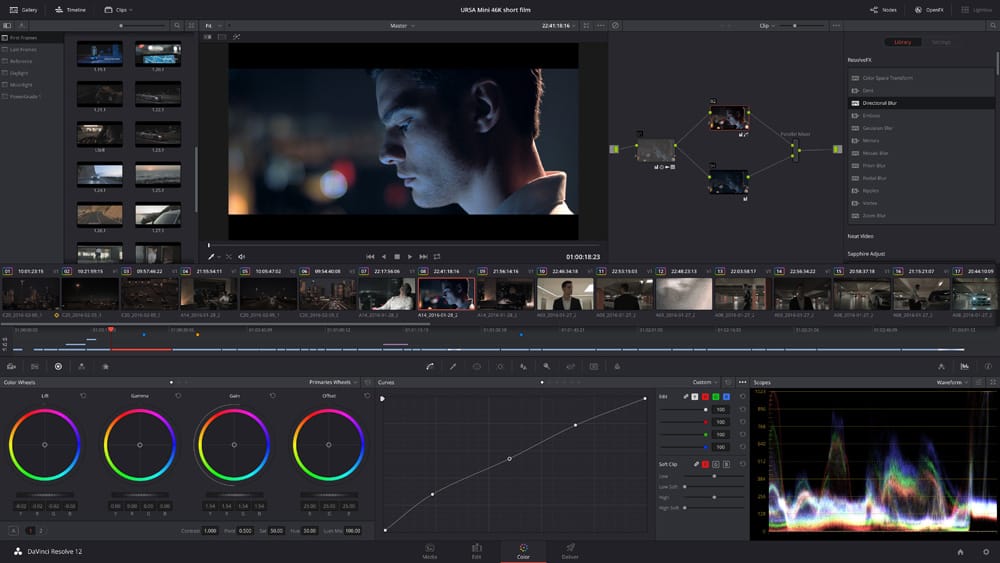



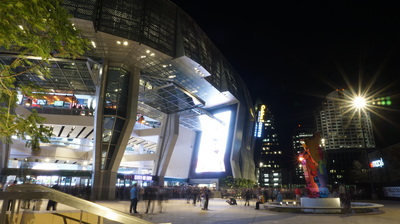
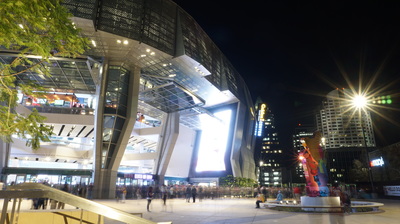
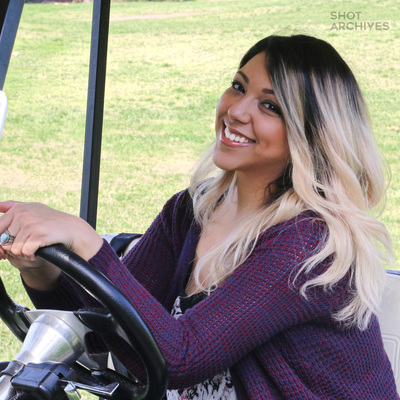
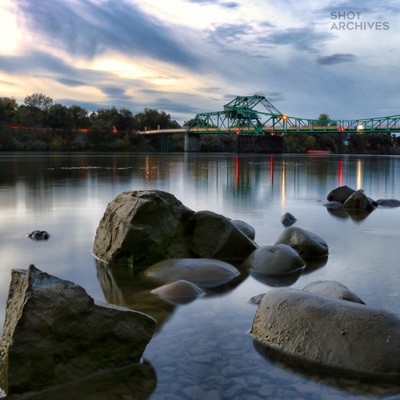





 RSS Feed
RSS Feed